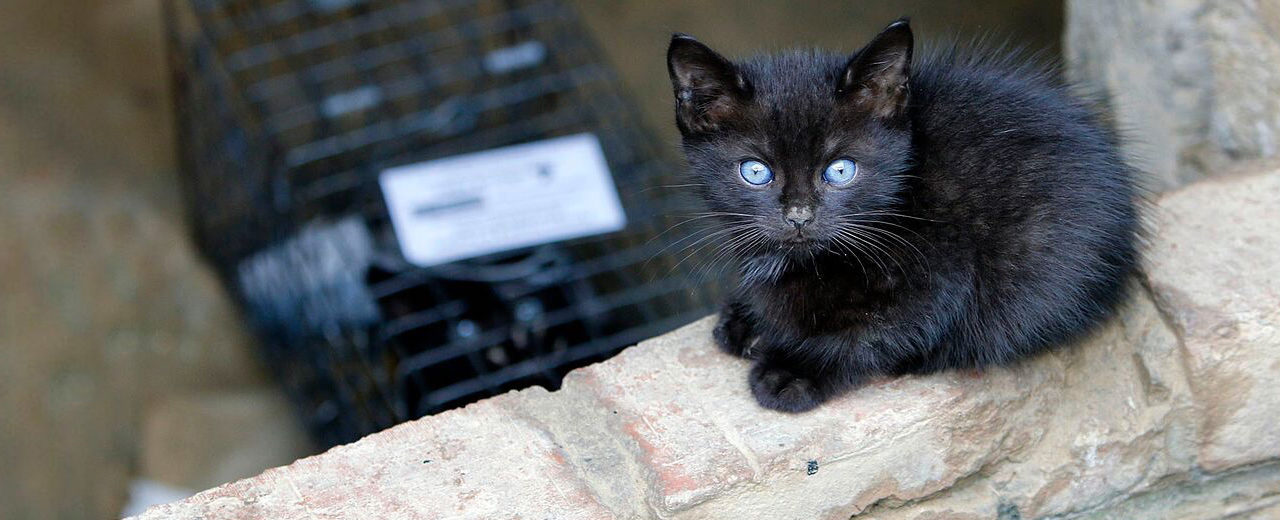Five Reasons to Spay or Neuter Your Pet
MUTTS (c) 2015 Patrick McDonnell
“They can’t read or write, but they sure can multiply.”
It's World Spay Day - a day dedicated to educating the world about the importance of spaying and neutering their pets and spreading awareness about the plight of pet homelessness and pet overpopulation in the US and across the world.
In the US alone, the Humane Society estimates more than 2.4 million healthy, adoptable pets are put down every year. That’s about one pet euthanized every 13 seconds. But there’s a fairly simple line of defense: spay or neuter your pets - and support the spaying and neutering of feral cats.
The number of homeless animals varies by state—in some states, there are as many as 300,000 homeless animals euthanized in animal shelters every year. But there's something you can do to help, even on the smallest scale: spay or neuter your pet. The animals being euthanized in shelters aren't just the offspring of strays and ferals; they're the result of surprise litters from dogs and cats that are beloved pets - even purebreds.
Spaying or neutering our pets is about much more than preventing a surprise litter of kittens or puppies. Spaying and neutering can actually improve your pet’s health, curb behavioral issues, and help save on the long-term cost of veterinary care.
 MUTTS (c) 2013 Patrick McDonnell
MUTTS (c) 2013 Patrick McDonnell
Five Reasons to Spay or Neuter Your Pet
1. Disease prevention. Spaying can help prevent the development of some common health issues in cats, like uterine infections and breast cancer, which is fatal in about 90 percent of cats. Spaying your cat before her first heat offers the best protection from these health issues, and can help your female cat live a longer, healthier life.
Neutering provides major health benefits for your male. Besides preventing unwanted litters, neutering your male cat pretty much eliminates their chances of getting testicular cancer - if done before six months of age.
2. Your spayed female won't go into heat. While cycles can vary, female felines usually go into heat four to five days every three weeks during breeding season. In an effort to advertise for mates, they'll yowl and urinate more frequently—sometimes all over the house!
3. Curb wandering behaviors. An un-neutered male will do just about anything to find a mate. Intact males wander the large territories around their home seeking females in heat, and the urge to roam is especially strong during mating season. Neutering your male cat helps reduce this urge to roam, lessening the likelihood of them meeting injury from the various dangers a roaming cat faces, like other cats, dogs, and vehicles.
4. A neutered male will likely "spray" less. The urge to spray and mark their territory is extremely strong in an intact cat, and the simplest solution is to get yours neutered or spayed by 4 months of age before there's even a problem. According to the Humane Society, neutering solves 90 percent of all marking issues, even in cats that already have a habit of it. It can also minimize howling, the urge to roam, and fighting with other males.
5. Help fight pet overpopulation. With overcrowded and overburdened shelters, especially around kitten season, millions of cats and dogs are euthanized or struggle on the streets as strays. These high numbers are the result of unplanned litters that could have been prevented by spaying or neutering.
TNR
Trap-Neuter-Return (TNR) programs help improve the lives of outdoor cats, feral or stray, through sterilization and vaccination efforts. With the prevention of excess litters and deadly disease.

Photo: alleycat.org
What is TNR?
Trap-Neuter-Return (TNR) is a proven humane method to spay or neuter unaltered feral cats by safely trapping them, then returning them to the location where they were picked up.
- Trap: All feral cats in a colony, or as many as possible, are humanely trapped.
- Neuter: The trapped cats are taken to an animal or veterinary clinic to be spayed or neutered, receive vaccinations, and are sometimes marked by eartipping to let people know that the cat has been through the TNR process.
- Return: Healthy adult feral cats are returned to their outdoor homes, where their lives are greatly improved without the strains of mating behaviors (aggression, fighting) and pregnancy. Stray cats and kittens that are socialized to humans are adopted into homes.















 MUTTS (c) 2013 Patrick McDonnell
MUTTS (c) 2013 Patrick McDonnell




Leave a comment